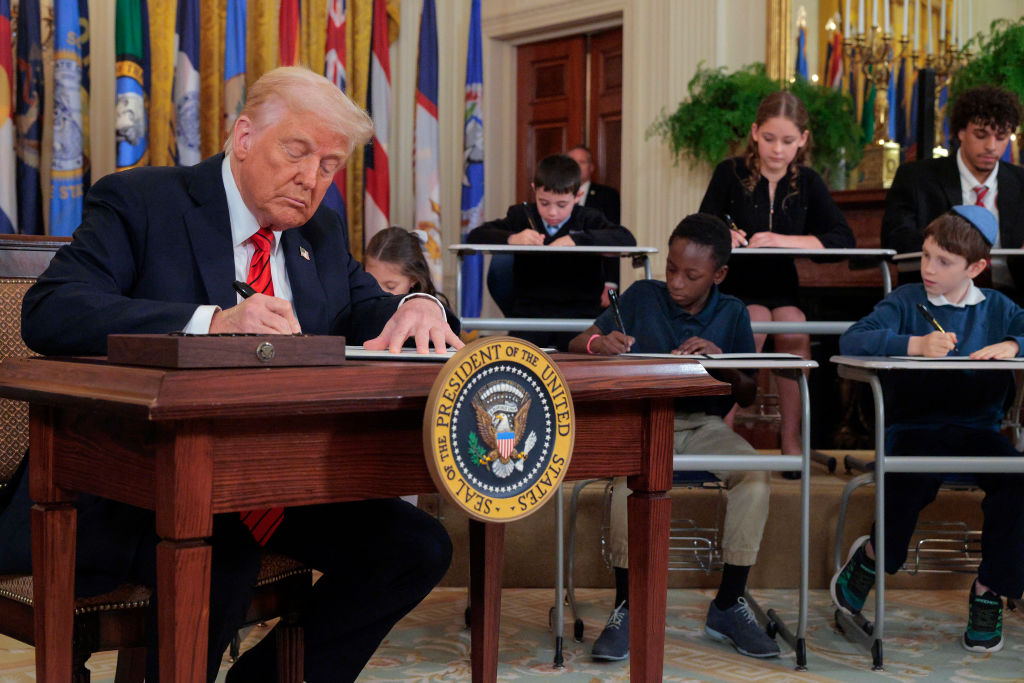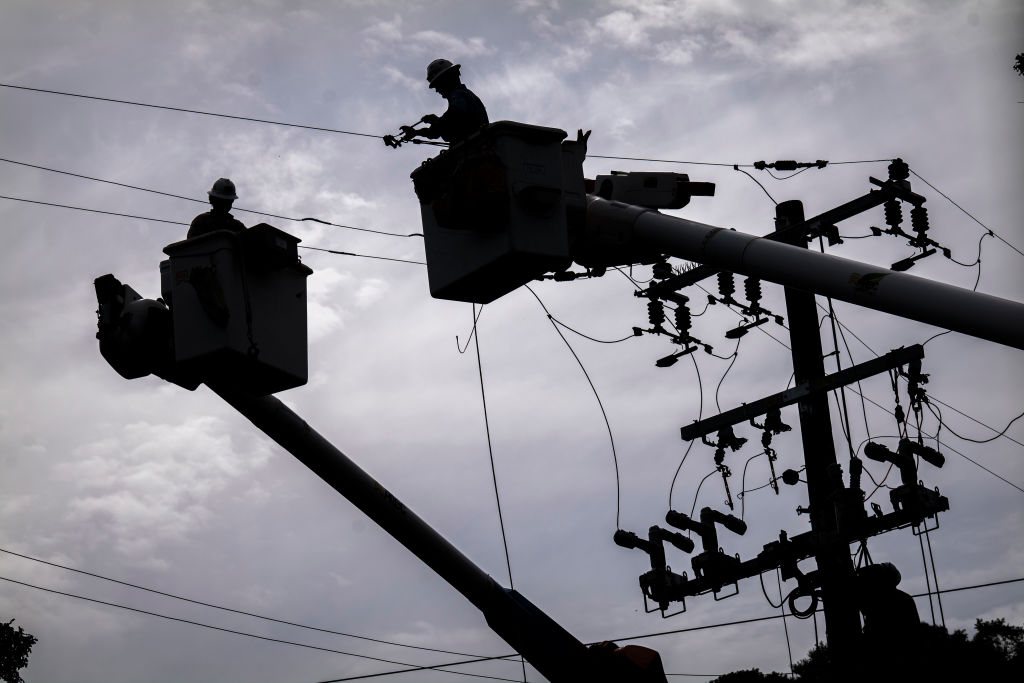
Trump Isn’t Even Popular on Immigration Anymore, Brutal Poll Shows
April 23, 2025
Trump’s Attack on the Education Department Will Disempower Parents
April 23, 2025For the first time in five years, student loan borrowers whose payments are long overdue could face stiff consequences, and that puts a disproportionate number of women at further financial risk. The Department of Education announced Monday that, starting on May 5, its Office of Federal Student Aid (FSA) will start collecting student debt in default. Delinquent borrowers could have their wages garnished as early as the summer.
The COVID-19 lockdowns that started in 2020 led to a series of pandemic payment pauses for student loans that ended in 2023. To help borrowers transition into repayment, former President Joe Biden’s administration offered a year-long grace period sparing them harsh penalties if they struggled to resume covering their monthly loan costs.
Now that Donald Trump is president again, a new — and less forgiving — era for borrowers is here.
“Going forward, the Department of Education, in conjunction with the Department of Treasury, will shepherd the student loan program responsibly and according to the law, which means helping borrowers return to repayment — both for the sake of their own financial health and our nation’s economic outlook,” Secretary of Education Linda McMahon said in a statement.
Women are likely to be disproportionately affected by the policy change. Overrepresented on college campuses, they hold nearly two-thirds of the nation’s $1.6 trillion student debt. Critics of the Education Department’s plan to aggressively collect student debt say the move is particularly insensitive since Trump’s policies — from his trade war to mass cuts at federal agencies — have led to economic chaos and driven up costs for essentials like groceries.
“For five million people in default, federal law gives borrowers a way out of default and the right to make loan payments they can afford,” said Mike Pierce, executive director of the Student Borrower Protection Center (SBPC), a nonprofit focused on the student debt crisis, in a statement. “Since February, Donald Trump and Linda McMahon have blocked these borrowers’ path out of default and are now feeding them into the maw of the government debt collection machine. This is cruel, unnecessary, and will further fan the flames of economic chaos for working families across this country.”
Only 38 percent of borrowers are now making payments on their student loans, according to the Department of Education. More than five million borrowers have not made a monthly payment in over a year. Another four million have not made a payment in the past three to six months, putting them in late-stage delinquency. The agency projects that almost 10 million borrowers could be in default on their loans in the next few months, which would mean nearly a quarter of the nation’s federal student loan portfolio would sit in default.
Although the Department of Education blames Biden for this predicament, Pierce held the Trump administration accountable. He noted that in February, the Trump administration prevented an estimated 1 million borrowers from applying to programs focused on consolidation and income-driven repayment (IDR) that would’ve allowed them to make affordable payments. The administration made the move after a federal appeals court expanded an injunction against the Biden-era IDR plan known as Saving on a Valuable Education. Rather than just blocking access to some of these plans, the Trump administration halted access to IDR programs not involved in the injunction.
In March, after SBPC and the Berger Montague law firm filed suit against the Trump administration on behalf of the American Federation of Teachers, the IDR application was reinstated, but processing of this paperwork has lagged. Hundreds of millions of cuts to the Department of Education and layoffs to nearly half of the agency’s staff have exacerbated the problem. In the meantime, borrowers have said they’ve been informed that their debt payments will increase exponentially, with one saying her payments will rise from under $600 to as much as $3,400 monthly, Forbes reported in March.
Women stand to suffer the most from the fallout. According to the American Association of University Women, a nonprofit that advocates for equity for women and girls, it takes women roughly two years longer than men to repay student loans, with the gender pay gap compounding payments for women over time. As it is, women with bachelor’s degrees graduate owing $2,700 more on average than men do. And with a mean student debt of $37,558, Black women owe more than any other group of women, the AAUW reports. Student debt can hinder women from saving for retirement, buying homes or launching businesses.
As the Department of Education prepares to take action against delinquent borrowers, it will launch a communication campaign focused on helping them manage their debt. Individuals in default will receive emails from FSA over the next couple of weeks advising them to reach out to the Default Resolution Group to begin repayment or to sign up for an affordable payment plan or alternatives.
For more information, visit: studentaid.gov/end-default.
Great Job Nadra Nittle & the Team @ The 19th Source link for sharing this story.





